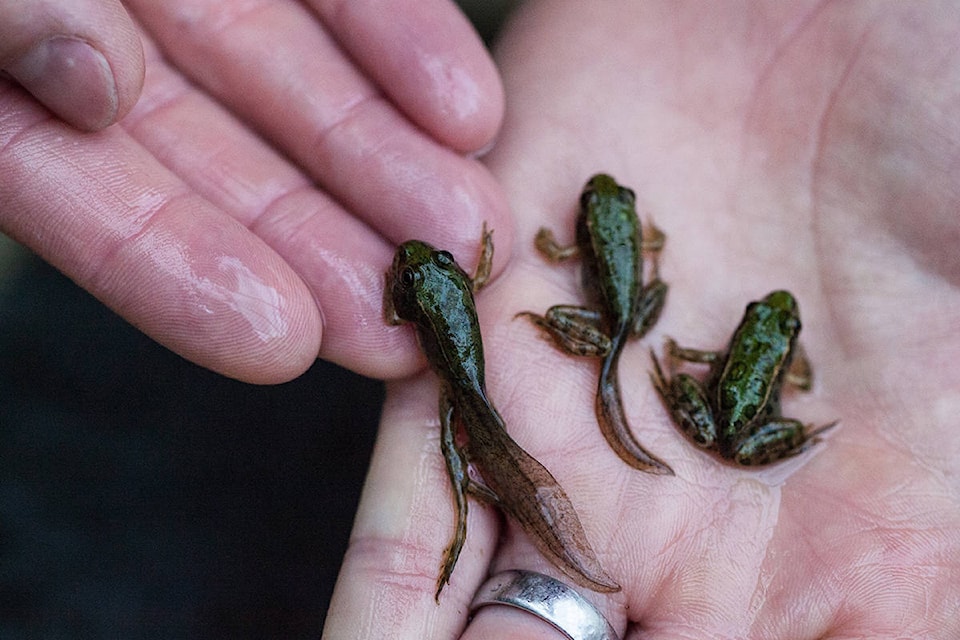Among flailing sockeye numbers and general uncertainty regarding 2019 salmon returns, the province has announced annual project funding for two species at risk conservation programs.
On Tuesday Minister Jonathan Wilkinson of Fisheries and Oceans Canada (DFO) announced project funding to the province’s Aboriginal Fund for Species at Risk (AFSAR) and the Habitat Stewardship Program for Species at Risk (HSP).
The two programs have approved approximately $4.5 million in funding for nearly 90 new projects combined in 2019-2020.
“Over the past 50 years, the world’s wildlife populations have declined by 60 per cent. Here in Canada, approximately 544 species have been identified as being at risk under the Species at Risk Act and the list is growing,” said Wilkinson at a press release Tuesday.
An agreement between the Carrier Sekani First Nations Tribal Council to improve monitoring of spawning White Sturgeon on the Nechako River and an agreement with the Langley Environmental Partners Society to improve the habitats of the at-risk Salish sucker and Nooksack dace in the Bertrand Creek Watershed are two examples of projects that have been proposed for funding through the DFO’s investment.
“The decline in biodiversity impacts both our natural environment, and the economy. That’s why, protecting, enhancing and conserving Canada’s species at risk and their habitats is a priority for our government. This funding will enable our partners, including Indigenous organizations across the country to improve our country’s biodiversity and the natural resources that Canadians rely on.”
READ MORE: DFO announces openings for fresh water Chinook
The DFO said that these investments will help to alleviate human threats to the habitats of aquatic species at risk, as well as support their long-term recovery over future generations.
Environment and Climate Change Canada leads on land-based aspects of AFSAR and HSP, while the DFO takes the lead on aquatic aspects of the programs.
AFSAR supports the involvement of Indigenous communities in Species at Risk Act (SARA) implementation by investing in community capacity and encouraging activities that contribute to conservation and recovery of species at risk, while HSP contributes to the recovery of endangered, theatened and other species deemed at risk by engaging Canadians in conversations surrounding conserving wildlife.
READ MORE: Telkwa angler praises DFO salmon closure
SARA was passed in 2002.
It’s goal is to protect organisms deemed endangered or threatened, while also managing species that are not yet threatened but “whose existence or habitat is in jeopardy.”
SARA has six categories for labelling species: Not at Risk, Special Concern, Threatened, Endangered, Extirpated and Extinct.
trevor.hewitt@interior-news.com
Like us on Facebook and follow us on Twitter
